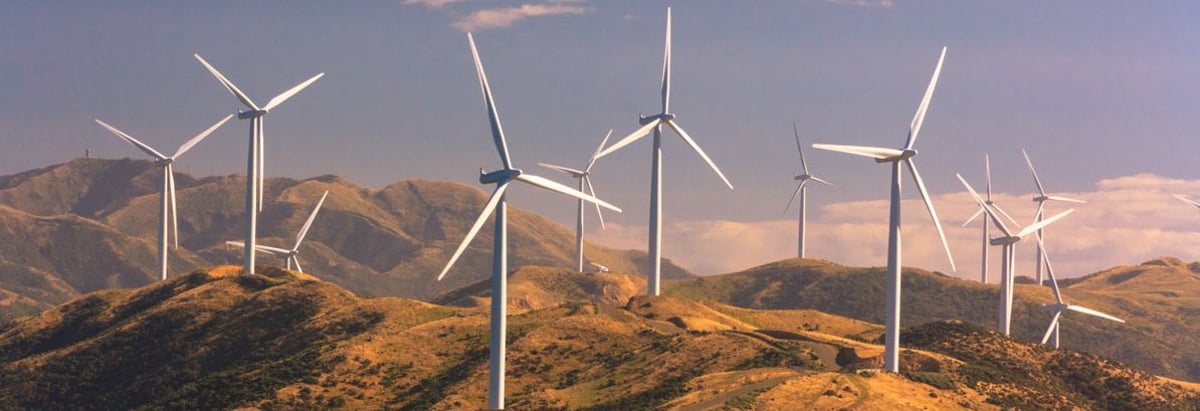- Japan
- /
- Renewable Energy
- /
- TSE:9522
The recent 15% gain must have brightened CEO Katsuhito Manabe's week, Renewable Japan Co., Ltd.'s (TSE:9522) most bullish insider

Key Insights
- Renewable Japan's significant insider ownership suggests inherent interests in company's expansion
- The top 2 shareholders own 56% of the company
- Institutional ownership in Renewable Japan is 13%
If you want to know who really controls Renewable Japan Co., Ltd. (TSE:9522), then you'll have to look at the makeup of its share registry. With 43% stake, individual insiders possess the maximum shares in the company. In other words, the group stands to gain the most (or lose the most) from their investment into the company.
As a result, insiders scored the highest last week as the company hit JP¥19b market cap following a 15% gain in the stock.
In the chart below, we zoom in on the different ownership groups of Renewable Japan.
View our latest analysis for Renewable Japan

What Does The Institutional Ownership Tell Us About Renewable Japan?
Many institutions measure their performance against an index that approximates the local market. So they usually pay more attention to companies that are included in major indices.
Renewable Japan already has institutions on the share registry. Indeed, they own a respectable stake in the company. This suggests some credibility amongst professional investors. But we can't rely on that fact alone since institutions make bad investments sometimes, just like everyone does. If multiple institutions change their view on a stock at the same time, you could see the share price drop fast. It's therefore worth looking at Renewable Japan's earnings history below. Of course, the future is what really matters.

Hedge funds don't have many shares in Renewable Japan. The company's CEO Katsuhito Manabe is the largest shareholder with 40% of shares outstanding. Meanwhile, the second and third largest shareholders, hold 16% and 6.7%, of the shares outstanding, respectively.
To make our study more interesting, we found that the top 2 shareholders have a majority ownership in the company, meaning that they are powerful enough to influence the decisions of the company.
Researching institutional ownership is a good way to gauge and filter a stock's expected performance. The same can be achieved by studying analyst sentiments. As far as we can tell there isn't analyst coverage of the company, so it is probably flying under the radar.
Insider Ownership Of Renewable Japan
While the precise definition of an insider can be subjective, almost everyone considers board members to be insiders. Management ultimately answers to the board. However, it is not uncommon for managers to be executive board members, especially if they are a founder or the CEO.
Insider ownership is positive when it signals leadership are thinking like the true owners of the company. However, high insider ownership can also give immense power to a small group within the company. This can be negative in some circumstances.
It seems insiders own a significant proportion of Renewable Japan Co., Ltd.. It has a market capitalization of just JP¥19b, and insiders have JP¥8.1b worth of shares in their own names. This may suggest that the founders still own a lot of shares. You can click here to see if they have been buying or selling.
General Public Ownership
With a 28% ownership, the general public, mostly comprising of individual investors, have some degree of sway over Renewable Japan. While this group can't necessarily call the shots, it can certainly have a real influence on how the company is run.
Public Company Ownership
Public companies currently own 16% of Renewable Japan stock. It's hard to say for sure but this suggests they have entwined business interests. This might be a strategic stake, so it's worth watching this space for changes in ownership.
Next Steps:
While it is well worth considering the different groups that own a company, there are other factors that are even more important. Take risks for example - Renewable Japan has 3 warning signs (and 2 which are a bit concerning) we think you should know about.
Of course this may not be the best stock to buy. Therefore, you may wish to see our free collection of interesting prospects boasting favorable financials.
NB: Figures in this article are calculated using data from the last twelve months, which refer to the 12-month period ending on the last date of the month the financial statement is dated. This may not be consistent with full year annual report figures.
New: AI Stock Screener & Alerts
Our new AI Stock Screener scans the market every day to uncover opportunities.
• Dividend Powerhouses (3%+ Yield)
• Undervalued Small Caps with Insider Buying
• High growth Tech and AI Companies
Or build your own from over 50 metrics.
Have feedback on this article? Concerned about the content? Get in touch with us directly. Alternatively, email editorial-team (at) simplywallst.com.
This article by Simply Wall St is general in nature. We provide commentary based on historical data and analyst forecasts only using an unbiased methodology and our articles are not intended to be financial advice. It does not constitute a recommendation to buy or sell any stock, and does not take account of your objectives, or your financial situation. We aim to bring you long-term focused analysis driven by fundamental data. Note that our analysis may not factor in the latest price-sensitive company announcements or qualitative material. Simply Wall St has no position in any stocks mentioned.
About TSE:9522
Renewable Japan
Engages in the development, generation, operation, and management of renewable energy power plants in Japan.
Low and slightly overvalued.


